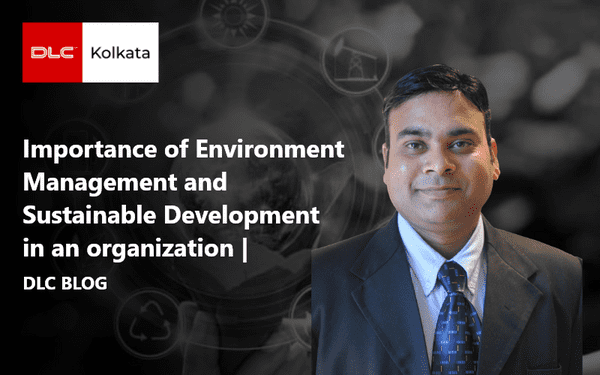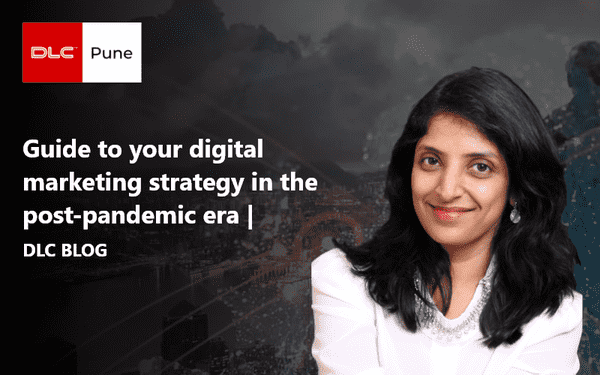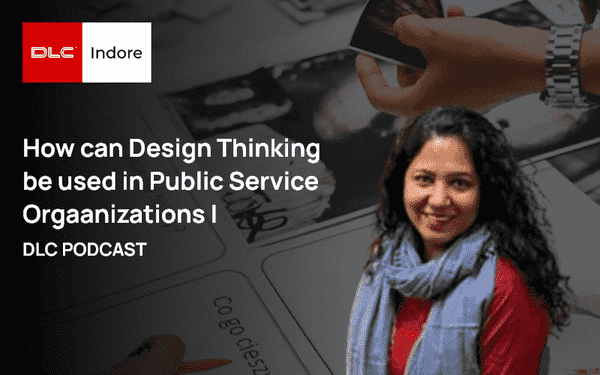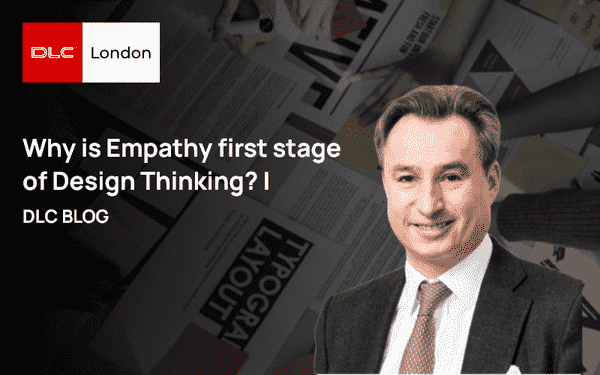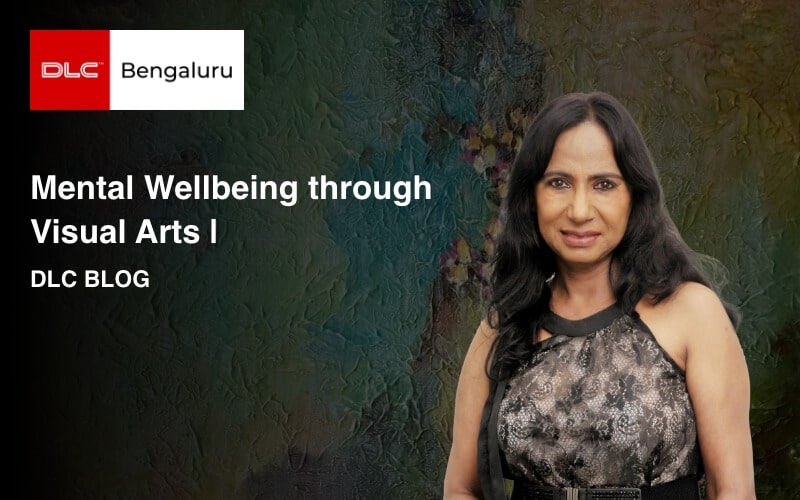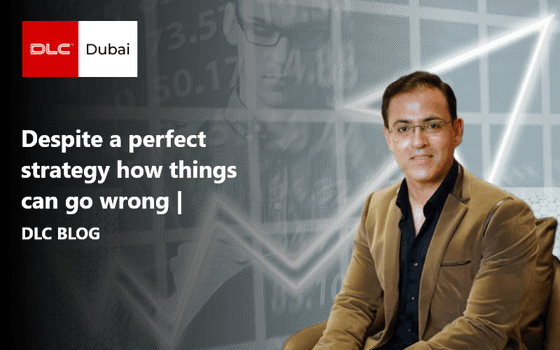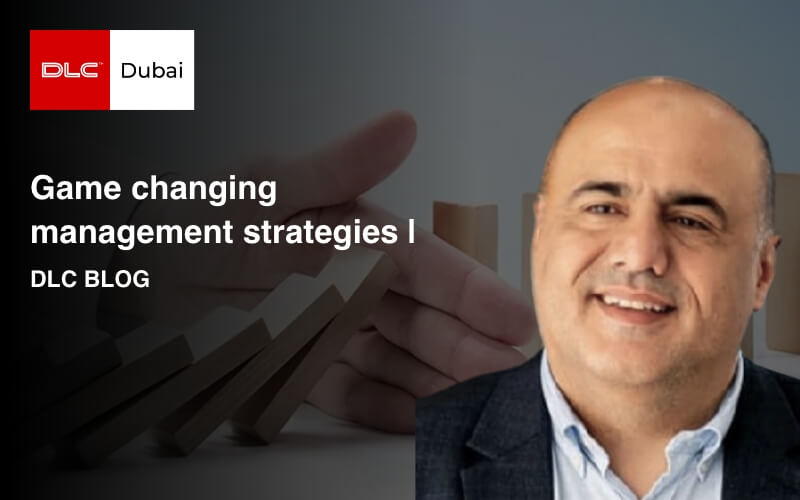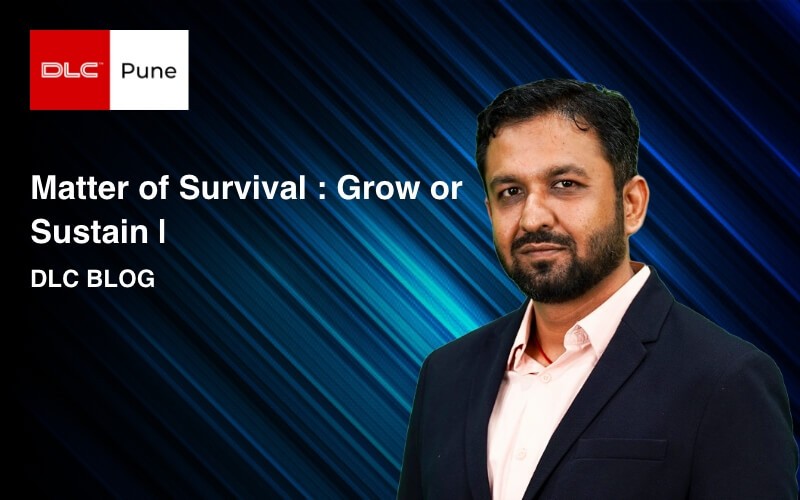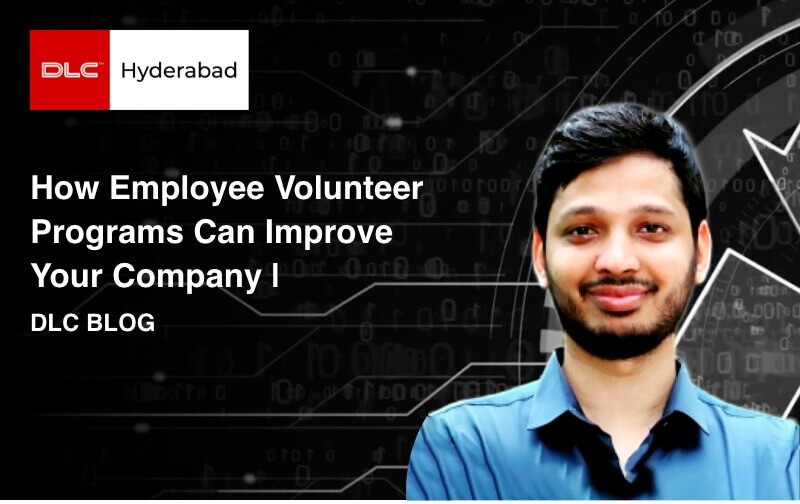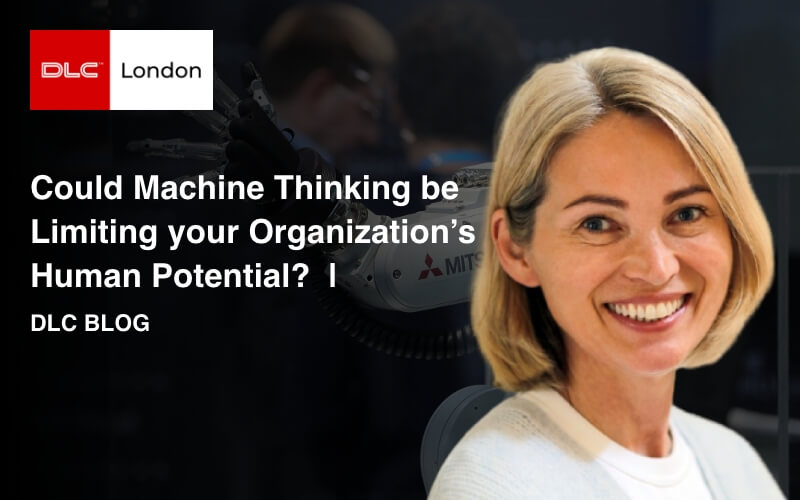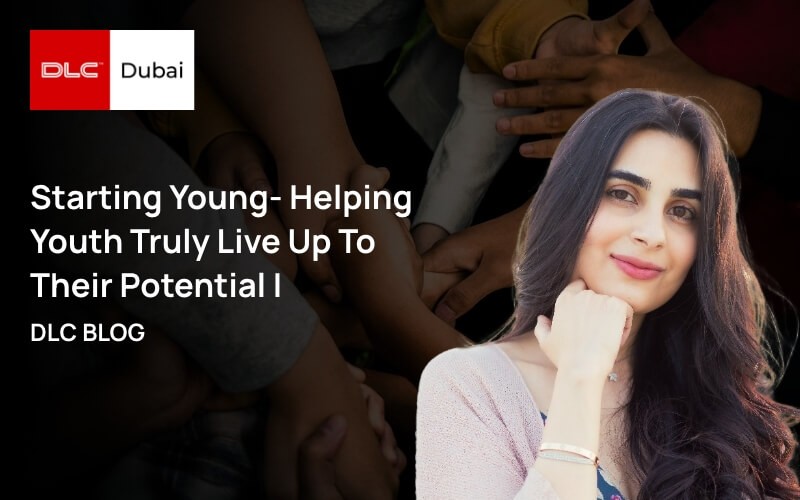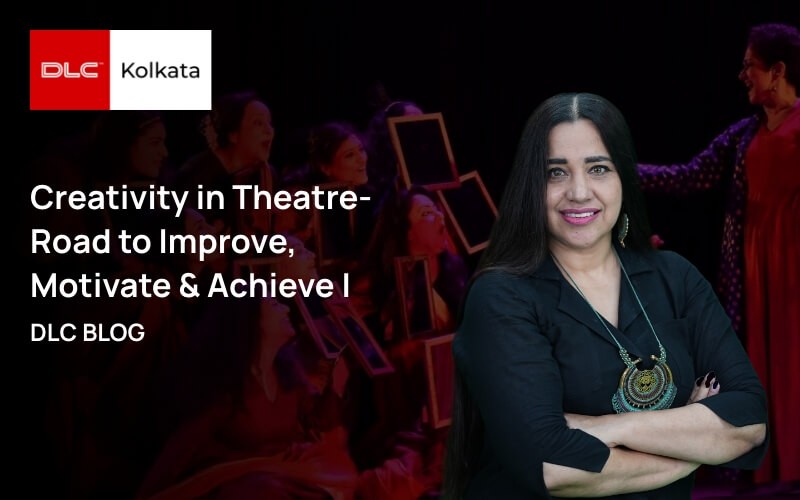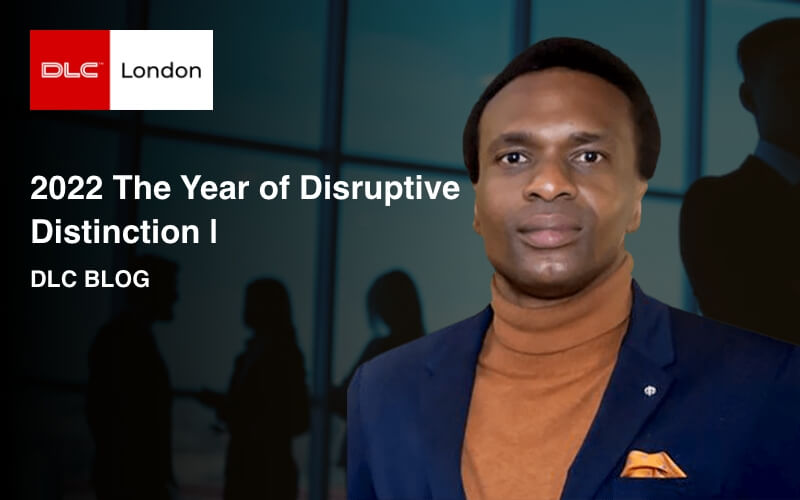
We are in a time where people are not only talking about Start-up India, Aatma Nirbhar Bharat, Make in India but a lot of action around it to make India a 5trillion economy has already kick-started.
But is it enough to have a dream? An idea? To make any dreams achievable and not only achieve but also achieve at the earliest with minimum cost is equally important. India being a growing country has today identified ample entrepreneurship opportunities.
An opportunity is defined as a potential to create something new and desirable (new products or services, new markets, new production processes, new raw material, new ways of organizing existing technologies, etc.) that has emerged from a complex pattern of changing conditions. And to ensure success in business, one will need to identify an entrepreneurial opportunity that has a market.
A no. of recent studies has shown that most the start-ups fail due to a LACK OF MARKET NEEDS. (Fig below). And that is where the relevance of DESIGN THINKING comes into effect.

 Design Thinking is a design methodology that provides a solution-based approach to solving problems.
It’s extremely useful in tackling complex problems that are ill-defined or unknown, by understanding the human needs involved, by re-framing the problem in human-centric ways, by creating many ideas in brainstorming sessions, and by adopting a hands-on approach in prototyping and testing. (www.interaction-design.org/)
Design Thinking is a design methodology that provides a solution-based approach to solving problems.
It’s extremely useful in tackling complex problems that are ill-defined or unknown, by understanding the human needs involved, by re-framing the problem in human-centric ways, by creating many ideas in brainstorming sessions, and by adopting a hands-on approach in prototyping and testing. (www.interaction-design.org/)
 While applying the concept of design thinking into any domain of business, say public service organizations, it is imperative that we keep people at the center and ensure that it creates delight by going above fulfilling their emotional needs.
Making it just convenient by introducing new processes and functionality is generally not enough to ensure your customer keep coming back to you,
EXPERIENCE INNOVATION IS THE KEY.
For any Public service organization, the key challenge is the diversity in its customer segment, which makes the utility of the concept even more desirable. Moreover, the vulnerability of its target audience and the pressure of ensuring the success of the concept make it prudent to apply design thinking.
The easiest five-stage Design Thinking model proposed by the Hasso-Plattner Institute of Design at Stanford (d.school), helps reducing the risk of failure and ensures to give insights that make innovation more market-ready. (Fig below)
While applying the concept of design thinking into any domain of business, say public service organizations, it is imperative that we keep people at the center and ensure that it creates delight by going above fulfilling their emotional needs.
Making it just convenient by introducing new processes and functionality is generally not enough to ensure your customer keep coming back to you,
EXPERIENCE INNOVATION IS THE KEY.
For any Public service organization, the key challenge is the diversity in its customer segment, which makes the utility of the concept even more desirable. Moreover, the vulnerability of its target audience and the pressure of ensuring the success of the concept make it prudent to apply design thinking.
The easiest five-stage Design Thinking model proposed by the Hasso-Plattner Institute of Design at Stanford (d.school), helps reducing the risk of failure and ensures to give insights that make innovation more market-ready. (Fig below)
 Successful innovations are defined by the intensity of collaborations with the market. It is inevitable to involve and take feedback from direct consumers while developing solutions.
7C’s of Innovation as beautifully devised by team IIT Bombay very well defines the process of Innovation using design thinking. The 7 concerns are- Cause, Context, Comprehension, Check, Conception, Crafting and Connection,
The first 3 steps- Cause, Context, and Comprehension revolve around understanding the Users. (Make efforts to study not only the primary users but Secondary and tertiary as well).
Check is about creating the checklist of the product brief to ensure that the solution promises the asks from the consumer.
Conception and Crafting are about working out on ideas and concepts and finally building prototypes and mock ups of the champion Idea.
And lastly, Connection is all about going back to the customer, taking feedback and continuing the efforts of innovating the Product/Service to ensure relevance in the changing competitive environment.
The methodology of Innovation is changing. The story of taking the product from the lab to the market has been changed to bringing the problems to the labs for successful innovations. The Sustainable Development Goals is an example of such an approach where researchers and innovators are encouraged to pick up a problem, stay close to the beneficiaries and devise solutions that are largely accepted, adopted, and are sure to create impact. For any public service organization where usually the market is big, the inclusion of and continuous intervention by all their possible categories of customer personas while innovating is crucial.
Design Thinking is iterative and the way towards successful innovation and should become a part of the culture of any organization to ensure its sustainability and growth.
Successful innovations are defined by the intensity of collaborations with the market. It is inevitable to involve and take feedback from direct consumers while developing solutions.
7C’s of Innovation as beautifully devised by team IIT Bombay very well defines the process of Innovation using design thinking. The 7 concerns are- Cause, Context, Comprehension, Check, Conception, Crafting and Connection,
The first 3 steps- Cause, Context, and Comprehension revolve around understanding the Users. (Make efforts to study not only the primary users but Secondary and tertiary as well).
Check is about creating the checklist of the product brief to ensure that the solution promises the asks from the consumer.
Conception and Crafting are about working out on ideas and concepts and finally building prototypes and mock ups of the champion Idea.
And lastly, Connection is all about going back to the customer, taking feedback and continuing the efforts of innovating the Product/Service to ensure relevance in the changing competitive environment.
The methodology of Innovation is changing. The story of taking the product from the lab to the market has been changed to bringing the problems to the labs for successful innovations. The Sustainable Development Goals is an example of such an approach where researchers and innovators are encouraged to pick up a problem, stay close to the beneficiaries and devise solutions that are largely accepted, adopted, and are sure to create impact. For any public service organization where usually the market is big, the inclusion of and continuous intervention by all their possible categories of customer personas while innovating is crucial.
Design Thinking is iterative and the way towards successful innovation and should become a part of the culture of any organization to ensure its sustainability and growth.

 Design Thinking is a design methodology that provides a solution-based approach to solving problems.
It’s extremely useful in tackling complex problems that are ill-defined or unknown, by understanding the human needs involved, by re-framing the problem in human-centric ways, by creating many ideas in brainstorming sessions, and by adopting a hands-on approach in prototyping and testing. (www.interaction-design.org/)
Design Thinking is a design methodology that provides a solution-based approach to solving problems.
It’s extremely useful in tackling complex problems that are ill-defined or unknown, by understanding the human needs involved, by re-framing the problem in human-centric ways, by creating many ideas in brainstorming sessions, and by adopting a hands-on approach in prototyping and testing. (www.interaction-design.org/)
 While applying the concept of design thinking into any domain of business, say public service organizations, it is imperative that we keep people at the center and ensure that it creates delight by going above fulfilling their emotional needs.
Making it just convenient by introducing new processes and functionality is generally not enough to ensure your customer keep coming back to you,
EXPERIENCE INNOVATION IS THE KEY.
For any Public service organization, the key challenge is the diversity in its customer segment, which makes the utility of the concept even more desirable. Moreover, the vulnerability of its target audience and the pressure of ensuring the success of the concept make it prudent to apply design thinking.
The easiest five-stage Design Thinking model proposed by the Hasso-Plattner Institute of Design at Stanford (d.school), helps reducing the risk of failure and ensures to give insights that make innovation more market-ready. (Fig below)
While applying the concept of design thinking into any domain of business, say public service organizations, it is imperative that we keep people at the center and ensure that it creates delight by going above fulfilling their emotional needs.
Making it just convenient by introducing new processes and functionality is generally not enough to ensure your customer keep coming back to you,
EXPERIENCE INNOVATION IS THE KEY.
For any Public service organization, the key challenge is the diversity in its customer segment, which makes the utility of the concept even more desirable. Moreover, the vulnerability of its target audience and the pressure of ensuring the success of the concept make it prudent to apply design thinking.
The easiest five-stage Design Thinking model proposed by the Hasso-Plattner Institute of Design at Stanford (d.school), helps reducing the risk of failure and ensures to give insights that make innovation more market-ready. (Fig below)
 Successful innovations are defined by the intensity of collaborations with the market. It is inevitable to involve and take feedback from direct consumers while developing solutions.
7C’s of Innovation as beautifully devised by team IIT Bombay very well defines the process of Innovation using design thinking. The 7 concerns are- Cause, Context, Comprehension, Check, Conception, Crafting and Connection,
The first 3 steps- Cause, Context, and Comprehension revolve around understanding the Users. (Make efforts to study not only the primary users but Secondary and tertiary as well).
Check is about creating the checklist of the product brief to ensure that the solution promises the asks from the consumer.
Conception and Crafting are about working out on ideas and concepts and finally building prototypes and mock ups of the champion Idea.
And lastly, Connection is all about going back to the customer, taking feedback and continuing the efforts of innovating the Product/Service to ensure relevance in the changing competitive environment.
The methodology of Innovation is changing. The story of taking the product from the lab to the market has been changed to bringing the problems to the labs for successful innovations. The Sustainable Development Goals is an example of such an approach where researchers and innovators are encouraged to pick up a problem, stay close to the beneficiaries and devise solutions that are largely accepted, adopted, and are sure to create impact. For any public service organization where usually the market is big, the inclusion of and continuous intervention by all their possible categories of customer personas while innovating is crucial.
Design Thinking is iterative and the way towards successful innovation and should become a part of the culture of any organization to ensure its sustainability and growth.
Successful innovations are defined by the intensity of collaborations with the market. It is inevitable to involve and take feedback from direct consumers while developing solutions.
7C’s of Innovation as beautifully devised by team IIT Bombay very well defines the process of Innovation using design thinking. The 7 concerns are- Cause, Context, Comprehension, Check, Conception, Crafting and Connection,
The first 3 steps- Cause, Context, and Comprehension revolve around understanding the Users. (Make efforts to study not only the primary users but Secondary and tertiary as well).
Check is about creating the checklist of the product brief to ensure that the solution promises the asks from the consumer.
Conception and Crafting are about working out on ideas and concepts and finally building prototypes and mock ups of the champion Idea.
And lastly, Connection is all about going back to the customer, taking feedback and continuing the efforts of innovating the Product/Service to ensure relevance in the changing competitive environment.
The methodology of Innovation is changing. The story of taking the product from the lab to the market has been changed to bringing the problems to the labs for successful innovations. The Sustainable Development Goals is an example of such an approach where researchers and innovators are encouraged to pick up a problem, stay close to the beneficiaries and devise solutions that are largely accepted, adopted, and are sure to create impact. For any public service organization where usually the market is big, the inclusion of and continuous intervention by all their possible categories of customer personas while innovating is crucial.
Design Thinking is iterative and the way towards successful innovation and should become a part of the culture of any organization to ensure its sustainability and growth.
A certified entrepreneurship educator from NEN and PMYUVA, She founded Indore Entrepreneurs’ Network in 2013, a startup chapter.Also a committee member in IWN- CII forum M.P., and Vice-Chair FICCI FLO Indore Chapter. An experienced leader with a demonstrated history of working in the education management industry. Strong entrepreneurship professional skilled in Event Management, Team Building, and Teamwork. Also, involved with CII , Young Indians, MSME, NEN and TiE.
Want to connect ?



















